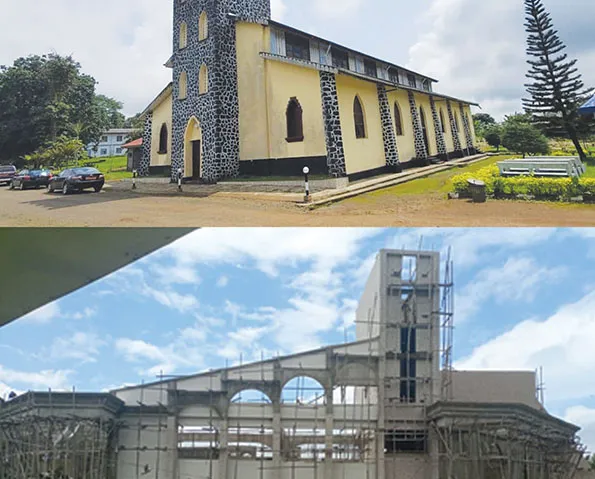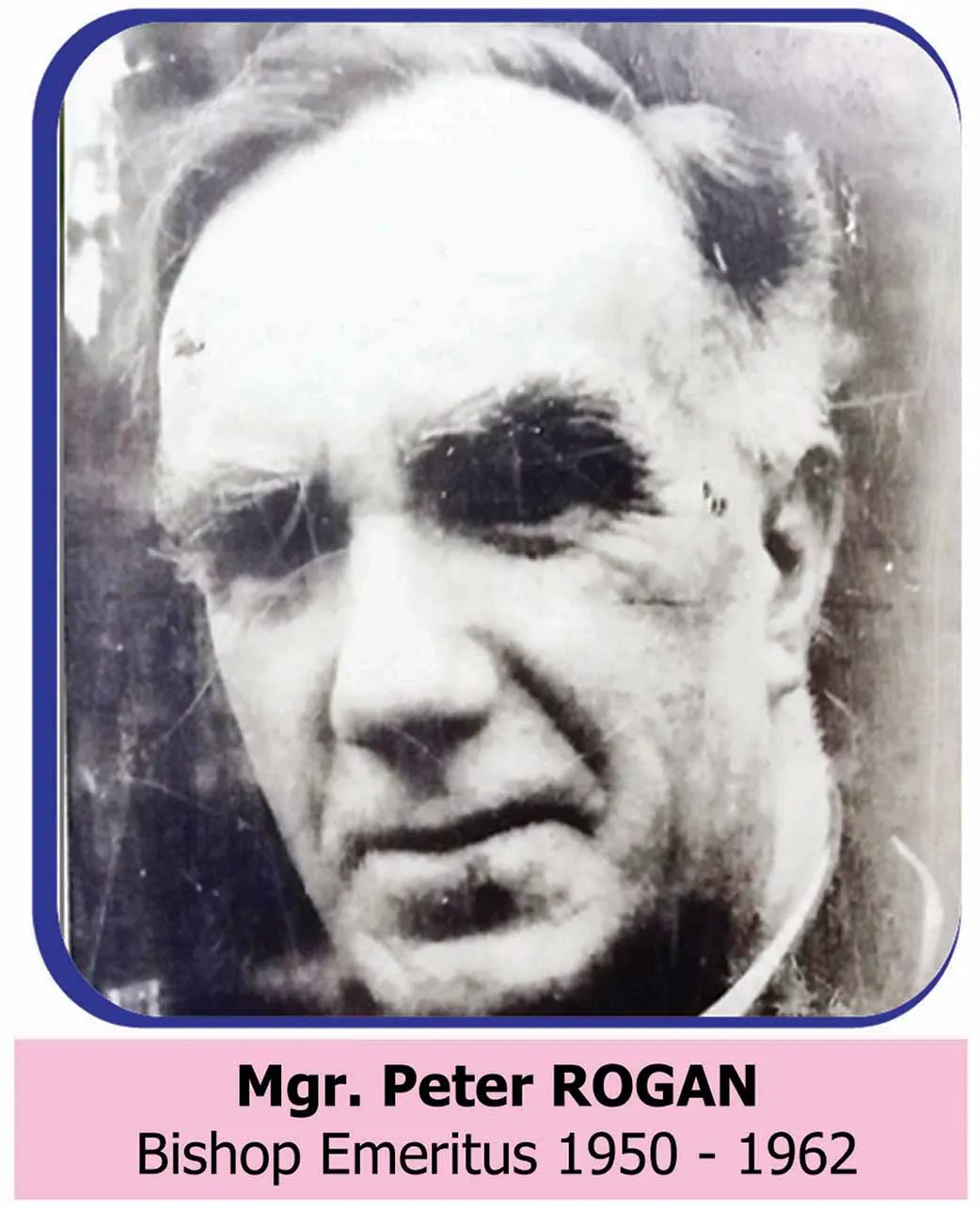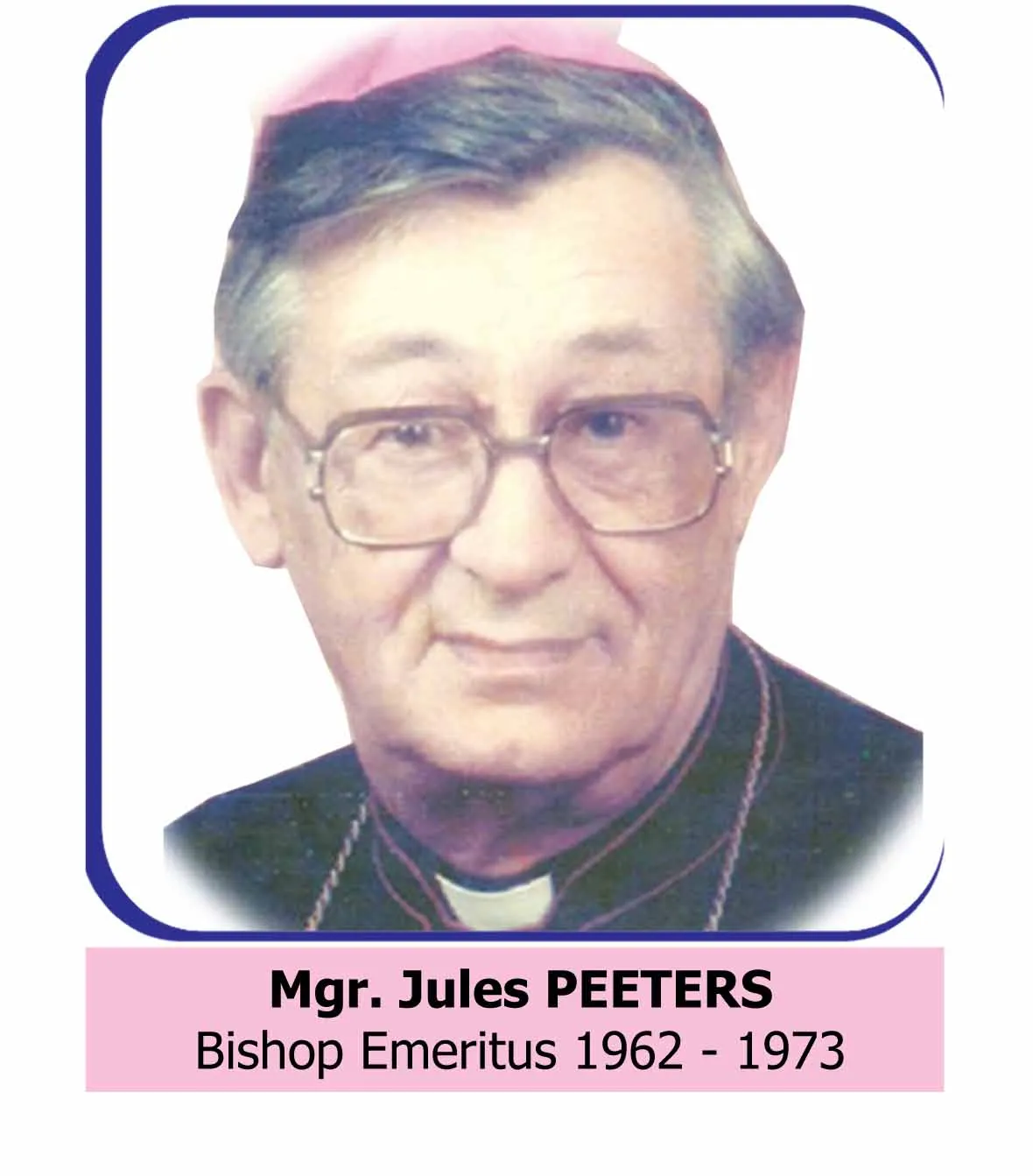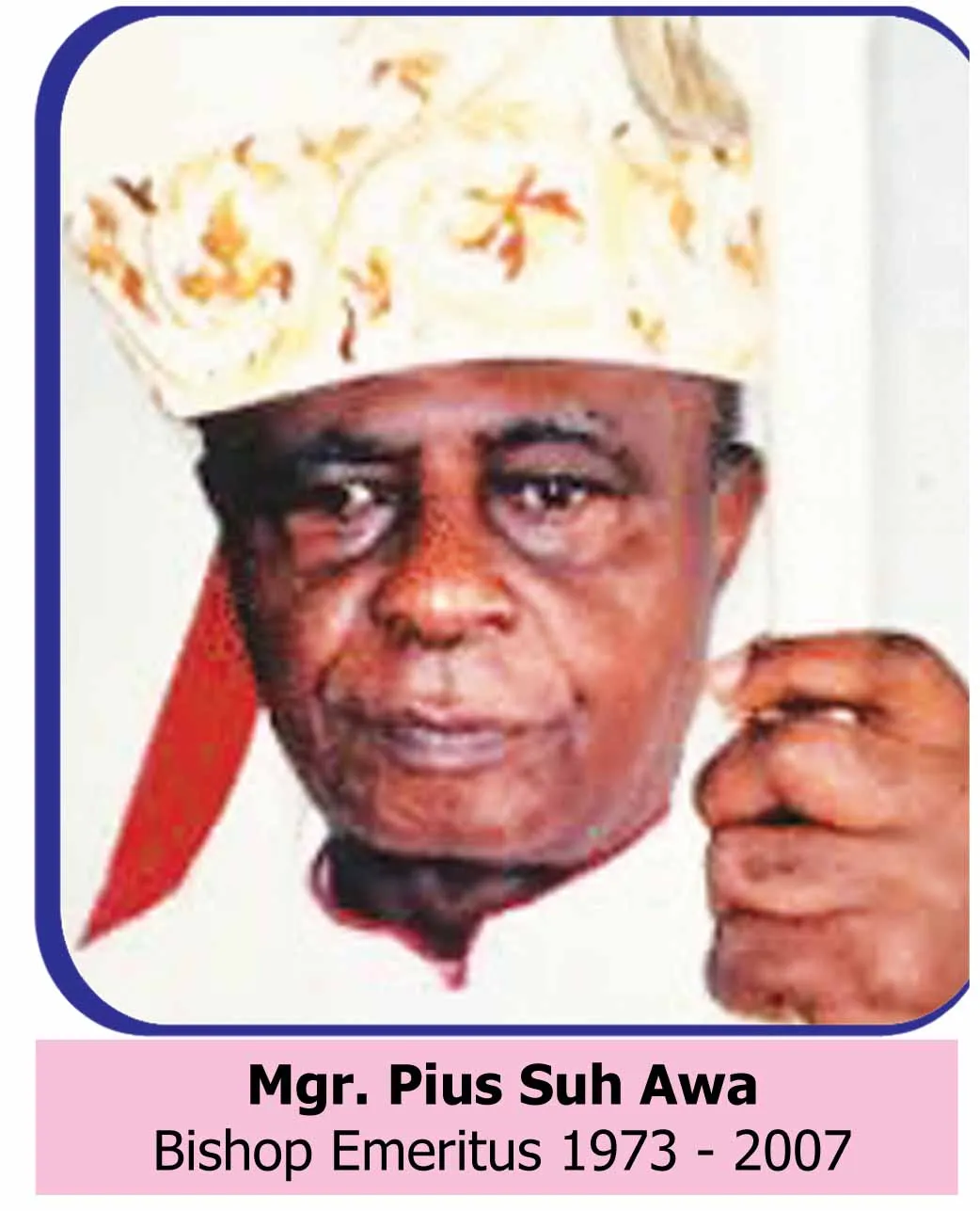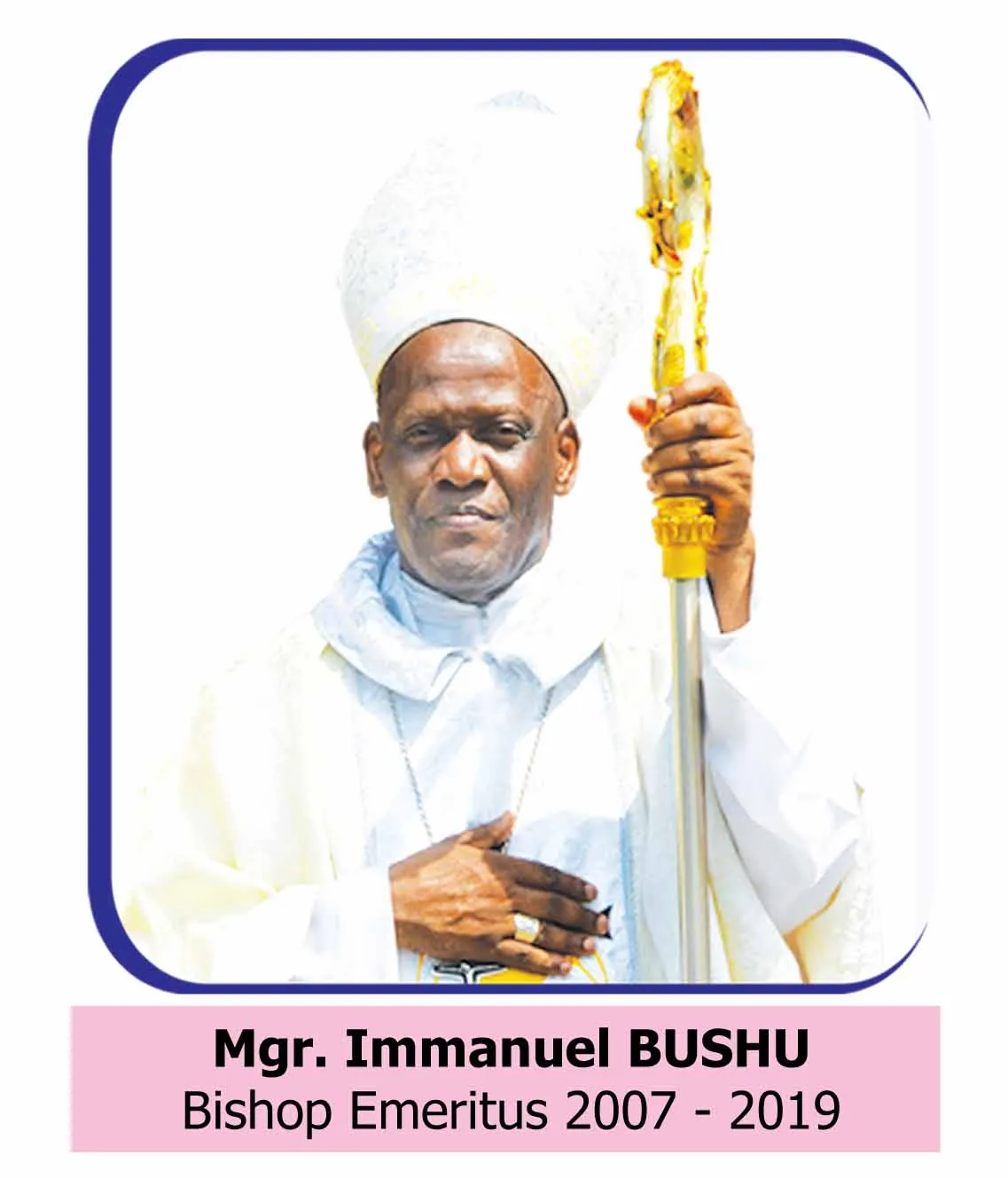In 1912 the whole of West Cameroon was handed over to the Sacred Heart Fathers of the German Province who consequently took over Ossing from the Pallotine Fathers in June 1913. The First World War brought the mission work of the Sacred Heart Fathers to a halt because the Germans had to leave Cameroon after the defeat of Germany in the war.
After the departure of the German Fathers, the Church was kept alive by a faithful band of Catechists under the leadership of Sango Mathias Effiem.
In 1917, the Vatican asked Mgr. Shanahan, Prefect Apostolic of Eastern Nigeria, to take charge of Cameroon West of Mungo. It was not until 1918 that he made a four-month trek through the Cameroons.
The First World War ended in 1918 thus ushering a new chapter in missionary activity in the British Cameroon. Rome through the Prefect of the Propaganda Fide, took up contact with the Mill Hill Fathers of St. Joseph’s Society London to take up the work and property of the German Pallotine Fathers in the Southern Cameroons. All these negotiations lasted till November 1921 when Fr. John William Campling, a Scottish Mill Hill Priest as leader with Fathers Ben Robinson, Michael Morgan and William O’Kelly, were asked to take over missionary work in the Southern Cameroons.
This team of Mill Hill Missionaries landed at Victoria, Bota on March 25, 1922. Pa Sango Mathias Effiem was on hand to welcome them. Two stayed in Bota, one in Bonjongo and one in Sasse.
In March 1923 Sango Mathias Effiem came to Soppo with Fr. John Campling, Fr. Morgan and Soppo which was formally a German Military Camp was opened as a mission.
In December 1922 British Cameroons was made a Prefecture and on August 16, 1923 Fr. John Campling became the first Prefect.
Fr. Peter Rogan took over from Mgr. John Campling in 1925. The Christian population at that time stood at about 40,000 and the first mission to be opened under him was Baseng in 1926. The first Soppo Church turned into Cathedral started in 1927 and completed in 1928. Fr. Rogan championed the opening of schools in the parish centres. Then followed by the vernacular school system and by 1937 over 43 vernacular schools had been opened.
In 1938 the first Secondary School for boys in the Southern Cameroons was opened in Bonjongo against heavy opposition from the colonial government. It was transferred to Sasse the following year 1939.
In the meantime the faith was spreading and missions were opened in Tiko in 1929, Okoyong in 1934, Fiango in 1936, Mbetta in 1937, Mbonge and Muyuka in 1943 and Tombel in 1947. Teacher training colleges and other Secondary Schools were opened.

